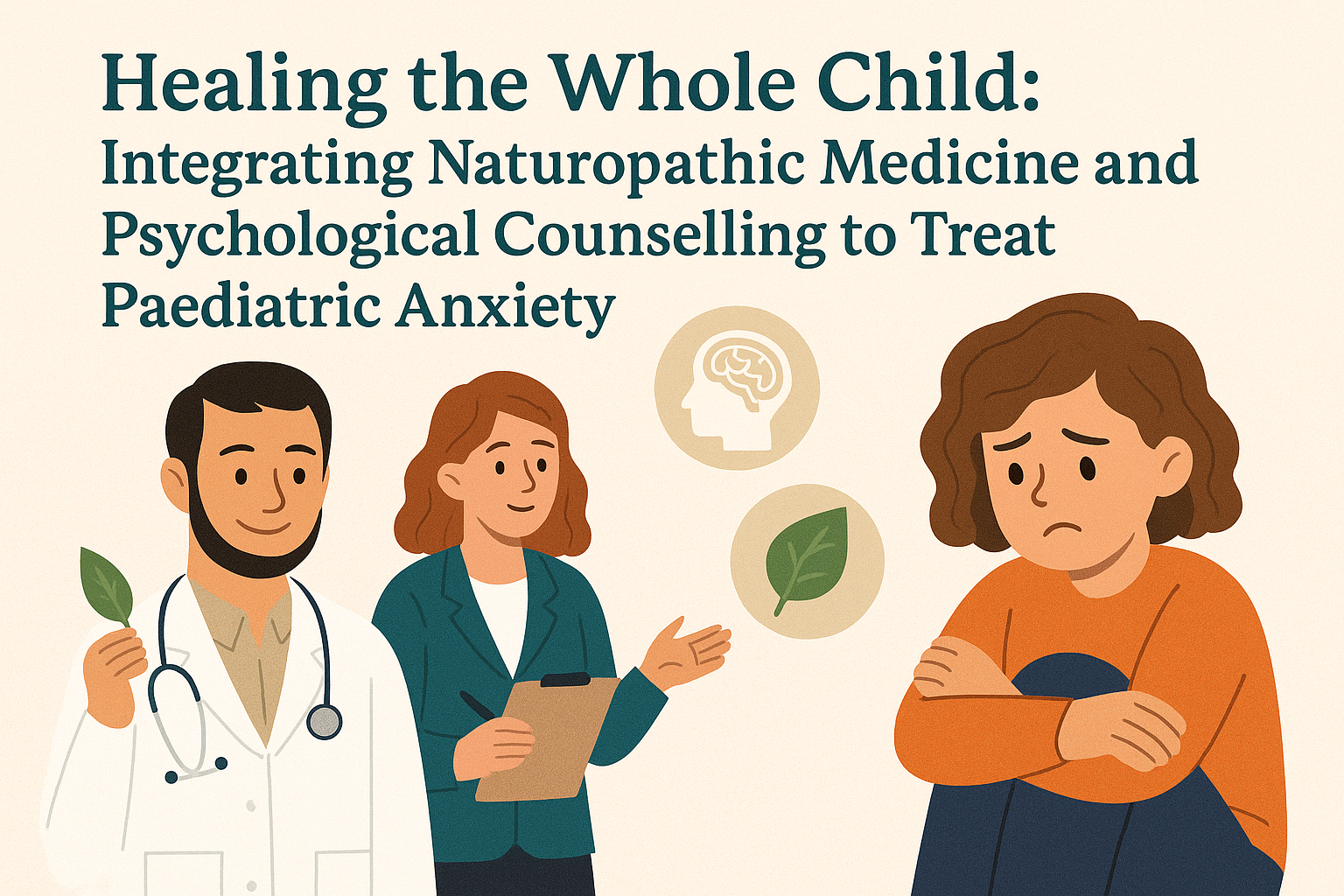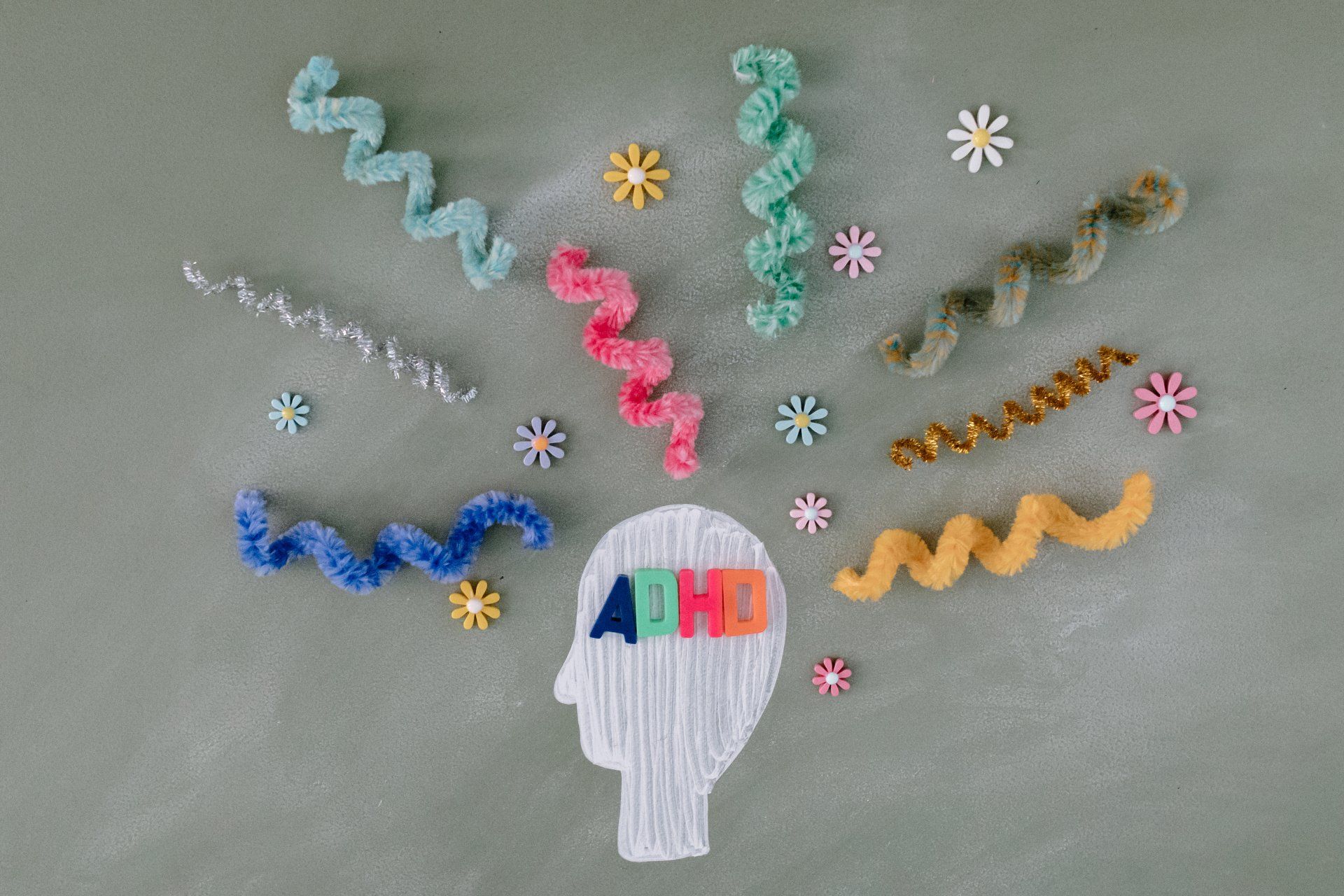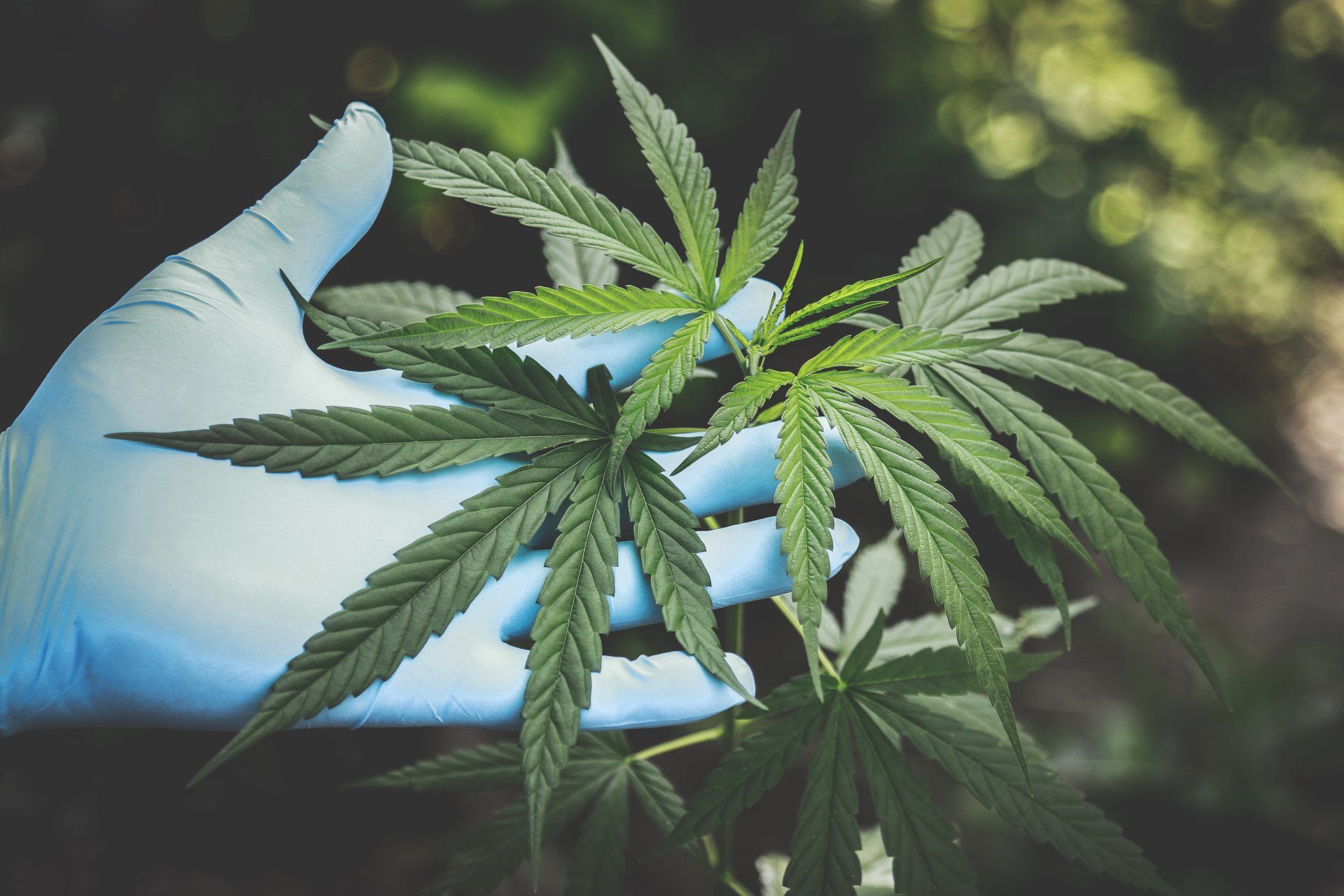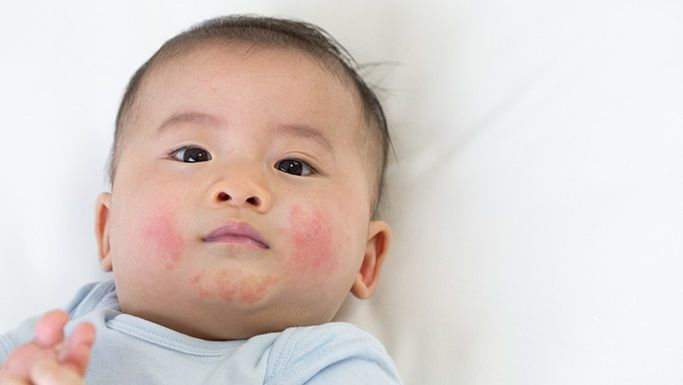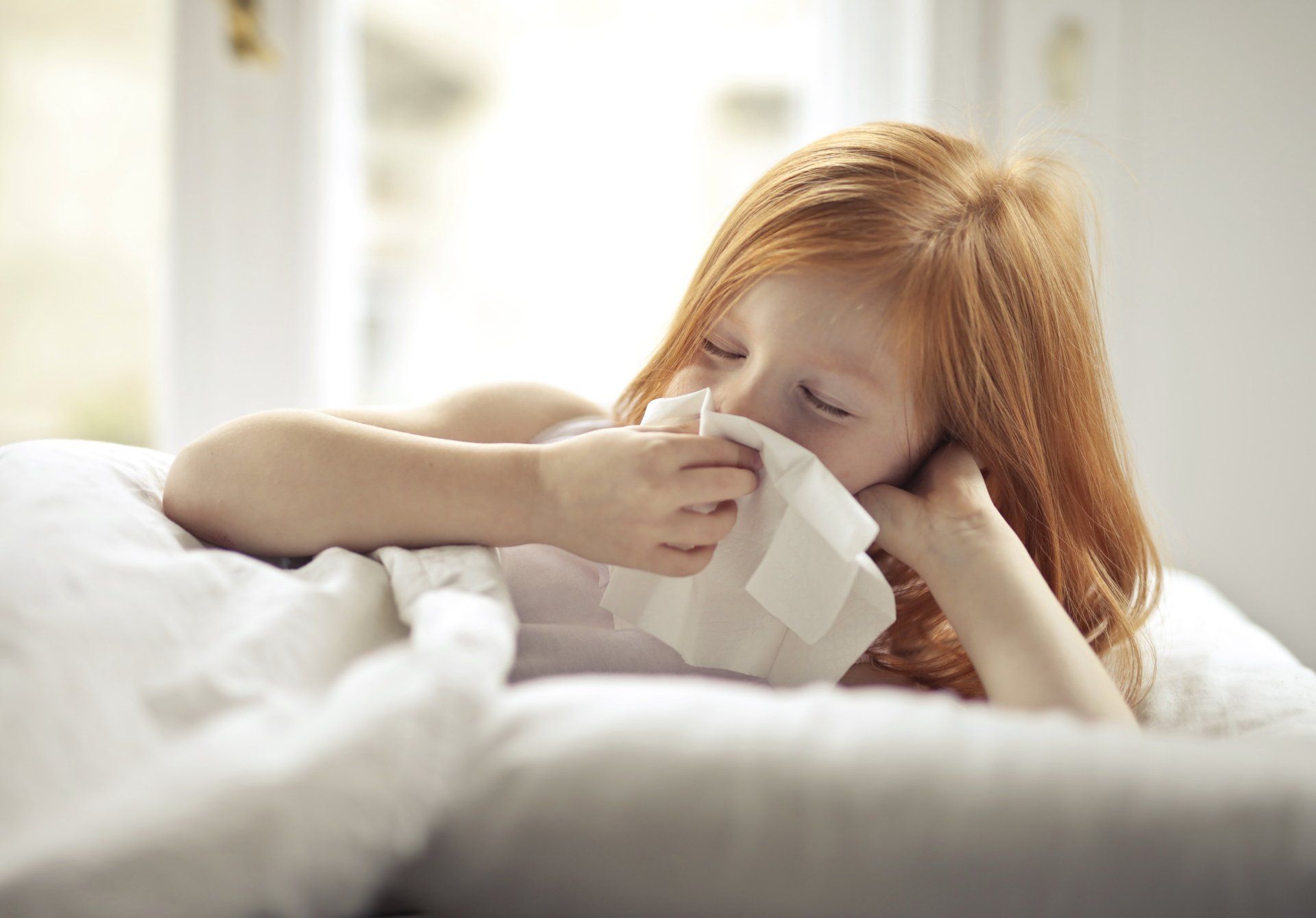The Long Debate on Fluoride Toothpaste for Kids: Weighing the Pros and Cons
When it comes to our children, every parenting decision is careful, and every product choice is meticulously examined. Among these decisions, the type of toothpaste we use for our kids is often a topic of discussion and debate. Fluoride toothpaste has been championed for its dental health benefits, but it is not without its controversy. In this article, we will explore the extensive considerations parents should weigh up when choosing whether to use fluoride toothpaste for their kids.
The Power of Fluoride in Child Oral Health: A Double-Edged Sword
Fluoride is a mineral that occurs naturally in various water sources. In dentistry, its protective abilities for teeth are widely acknowledged. When included in toothpaste, fluoride is said to fortify enamel, inhibiting cavity formation, and generally enhancing oral hygiene. For parents, this sounds like a winning solution to keep those little pearly whites healthy.
The Case for Fluoride
Unquestionably, fluoride toothpaste can be a hero in a child's oral health story. It strengthens enamel during the crucial developmental years when teeth are erupting. By resisting acidic breakdown, fluoride effectively battles cavities, a common foe in young mouths. Notably, it's often seen as a not-so-secret weapon in the fight against irregular brushing habits that are common among kids.
The Fluoride Debate
The main contention stems from the risk of fluorosis, a condition characterized by problematic over-exposure to fluoride causing discolouration of the teeth. Once fluorosis occurs, the damage is permanent, leading many parents to question whether the long-term benefit outweighs the potential for this side effect.
Beyond fluorosis, emerging research suggests that fluoride may have broader impacts on health, specifically on the endocrine system, which includes our hormone-producing glands such as the thyroid. A study published in Chemosphere found that sodium fluoride can increase TSH levels and decrease the concentrations of T3 and T4, the hormones produced by the thyroid. This is significant, as these hormones play crucial roles in metabolism, growth, and development.
Furthermore, recent research from York University suggested that fluoride exposure via drinking water might increase the risk of hypothyroidism in pregnant women. Hypothyroidism, a condition where the thyroid gland doesn't produce enough thyroid hormones, can cause a variety of health problems, from fatigue and weight gain to more serious issues like depression and heart disease.
While there's some evidence that fluoridated water may worsen hypothyroidism, the current body of studies still lacks concrete evidence. Yet, these findings do raise valid concerns about the potential endocrine and hormonal disruptions that could arise from fluoride exposure. As such, the fluoride debate extends beyond the risk of fluorosis to include potential systemic health effects, warranting further investigation and research.
Seeking Balance
Balancing the known benefits of fluoride with the potential for fluorosis and endocrine disruption calls for a nuanced approach. The American Dental Association (ADA) and the American Academy of Pediatrics (AAP) recommend the use of fluoride toothpaste but emphasize the importance of moderation, especially for young children.
Navigating the Risk of Fluorosis
Fluorosis is not a new concern, and there are steps parents can take to minimize the likelihood of it occurring while still reaping the benefits of fluoride.
Dosage Matters
Determining the appropriate amount of toothpaste is critical. For children under 3, an amount no larger than a grain of rice is suggested, and for children between 3 and 6, a pea-sized amount is advised. These quantities provide the fluoride needed without excessive exposure.
Age-Appropriate Supervision
Tooth brushing needs to be a supervised activity, especially for toddlers and preschoolers. Ensuring that your child does not swallow toothpaste and spits out as much as possible is vital. This may involve guiding their brush to apply the right pressure and technique for effective cleaning. Remember, even a tiny amount of ingested toothpaste can contribute to the risk of fluorosis, so diligence is key.
Exploring Fluoride-Free Alternatives
For parents who lean towards caution, there are fluoride-free options available. These typically use either abrasives and polishing agents or other minerals like calcium and phosphate to promote dental health. Here's a look at some alternatives and the scenarios where they might be preferred.
Non-Fluoride Toothpaste
Several non-fluoridated toothpaste brands specifically cater to children. These products, while omitting fluoride, often compensate with other enamel-strengthening ingredients. They can be a good choice for children who are at a particularly high risk of fluorosis or those with a lower risk of cavities.
Homeopathic and Natural Toothpaste
The rising popularity of natural and homeopathic remedies has extended to dental care. Parents who prefer to keep their kids away from synthetic ingredients may find solace in homeopathic toothpaste. It's important to note that the effectiveness of these products has been a subject of some debate among professionals due to the lack of fluoride.
Prescription Strength Fluoride
For children who are exceptionally prone to cavities or have specific oral health conditions, a paediatric dentist might recommend a prescription-strength fluoride toothpaste. This allows for specific regulation of fluoride exposure under the guidance of a dental health professional.
Check this out for a list of the best fluoride and non-fluoride containing toothpastes for kids
Expert Insights for Personalized Advice
The final word on fluoride toothpaste should not come from articles or internet forums but from experts in child dental health. Speaking with a paediatric dentist about your child's individual needs and the best toothpaste options is always a wise move.
The Dentist's Perspective
Paediatric dentists are well-versed in the complexities of children's oral health. Their input can help tailor a dental care plan, which may include the use of fluoride toothpaste. By assessing your child's cavity risk and understanding the local water fluoridation levels, a dentist can provide personalized advice.
Tips for Using Fluoride Toothpaste Safely and Effectively
Ensuring the safe use of fluoride toothpaste requires a combination of proper handling, education, and supervision.
Creating Healthy Habits
Establishing a routine of brushing twice daily can help turn dental hygiene into a healthy habit for your child. Initially, this may require more hands-on involvement, but over time, children can take on more responsibility.
Managing Ingestion Risks
Fluoride toothpaste for kids is not just about brushing; it's about learning the necessary skills to do so safely. Teach your child to spit out toothpaste and rinse well, making sure not to swallow water afterwards. This can be a game-changer in preventing excess fluoride intake and protecting against cavities.
In Conclusion: Making an Informed Decision
The use of fluoride toothpaste for children presents a conundrum for many parents. On one hand, it offers clear benefits for dental health, and on the other, there are potential risks that need to be managed. By understanding the nuances of fluoride use and involving dental professionals in the decision-making process, parents can confidently make an informed choice that prioritizes their child's oral health.
Ultimately, the key is to not be swayed by extremes but to take a measured approach in the care of those little teeth. Fluoride toothpaste can be a safe and effective tool in the oral hygiene arsenal of a child, but it should be employed with the caution and guidance that its dual nature demands. After all, the goal is not just to have clean teeth today, but strong, healthy smiles for the future.
